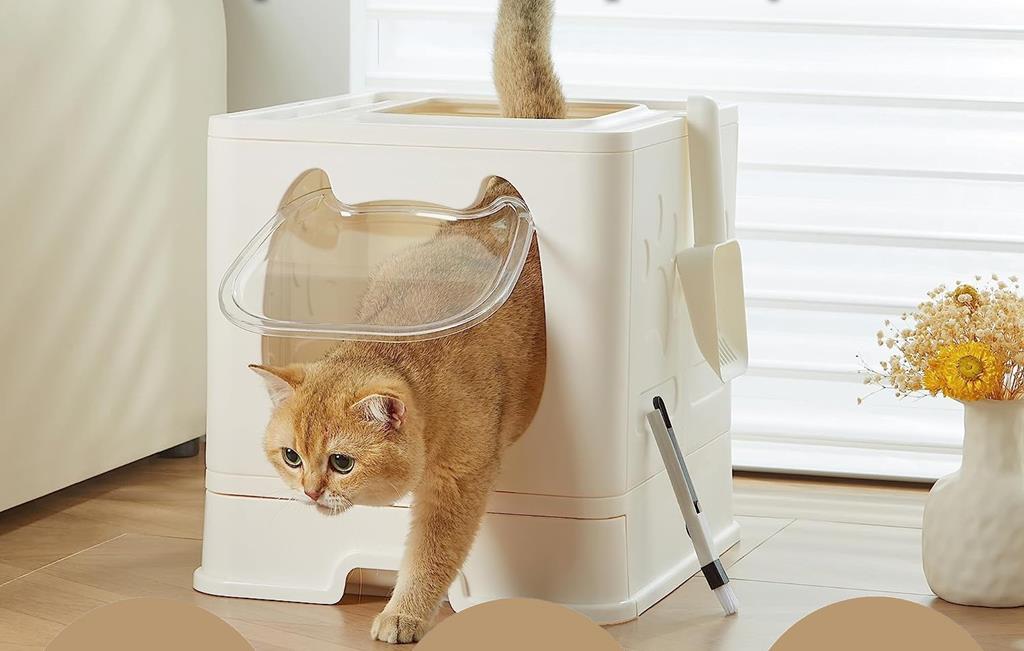Litter training a Ragdoll cat is an essential and relatively straightforward process that sets the foundation for a clean and harmonious living environment. Ragdolls, known for their gentle disposition and adaptable nature, can become excellent litter users with the right guidance and patience. In this article, we will walk you through the steps of successfully litter training your Ragdoll cat.
1. Start Early and Choose the Right Litter Box
Litter training should ideally begin as soon as you bring your Ragdoll kitten home. Select a litter box that is appropriately sized for your kitten, with low sides for easy access. As your kitten grows, consider transitioning to a larger litter box that suits their adult size.
2. Choose the Right Litter
Opt for a litter that suits your Ragdoll’s preferences and your own household dynamics. Most cats, including Ragdolls, prefer unscented, clumping litter. It’s advisable to avoid strongly scented litters, as they might be off-putting for your cat.
3. Find the Right Location
Place the litter box in a quiet and easily accessible location. Avoid high-traffic areas and noisy spots that might make your cat uncomfortable. It’s essential that your Ragdoll feels safe and secure while using the litter box.
4. Monitor Their Behavior

Observe your Ragdoll kitten’s behavior closely, especially after meals, naps, and playtime. Kittens often have a natural inclination to eliminate waste after these activities. If you notice signs such as scratching the ground or sniffing around, gently place your kitten in the litter box.
5. Encourage Exploration
Allow your kitten to explore the litter box at their own pace. Some kittens might take to it immediately, while others might need more time to get comfortable. Never force your kitten into the box; instead, create a positive association by placing them near it and allowing them to investigate.
6. Positive Reinforcement
When your kitten successfully uses the litter box, offer praise, gentle petting, and a treat as a reward. Positive reinforcement reinforces the idea that using the litter box is a desirable behavior.
7. Keep the Litter Box Clean
Ragdolls are known to appreciate cleanliness, so maintaining a clean litter box is crucial. Scoop the litter box daily and change the litter regularly to prevent odors and ensure your cat’s comfort.
8. Address Accidents with Patience
Accidents can happen, especially during the initial stages of training. Never scold or punish your kitten for accidents; this might create fear or anxiety around the litter box. Instead, clean up accidents promptly and thoroughly to eliminate any residual scent that might attract repeat incidents.
9. Gradual Transition to a Covered Box
As your Ragdoll kitten becomes more accustomed to the litter box, you can gradually introduce a covered litter box if you prefer. Some cats appreciate the added privacy and reduced litter scattering that covered boxes offer.
10. Consistency and Patience
Consistency is key when litter training your Ragdoll cat. Maintain a routine, offer positive reinforcement, and be patient. Every cat is unique, and some kittens might take longer than others to fully grasp the concept of using the litter box.
Conclusion
Litter training a Ragdoll cat is a rewarding process that strengthens the bond between you and your feline companion. By starting early, choosing the right supplies, and providing positive reinforcement, you can create a smooth transition into litter box use. Remember that patience and understanding are vital components of successful litter training. As your Ragdoll grows into a confident and comfortable litter user, you’ll be rewarded with a harmonious and hygienic living space for both you and your beloved pet.



